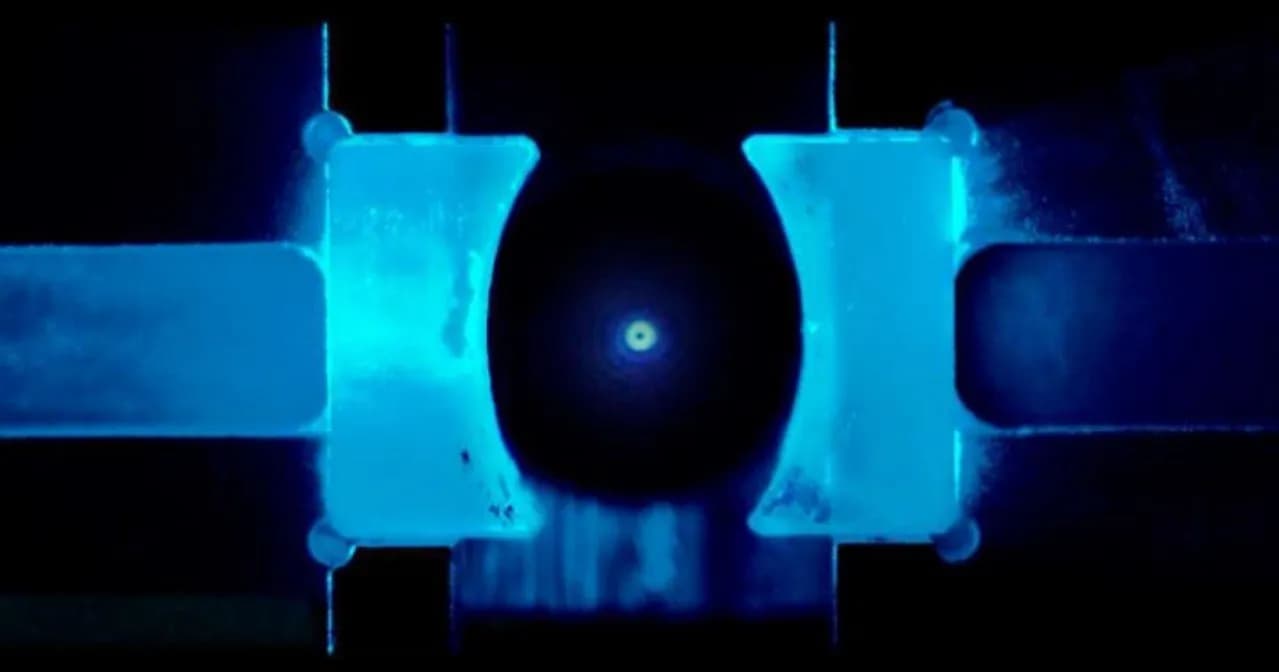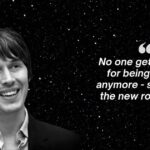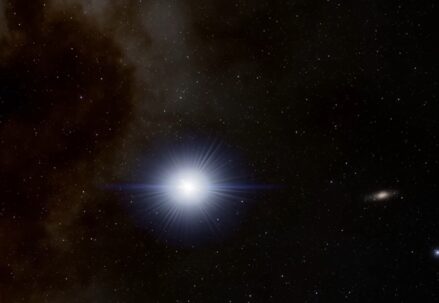Freeze laser technology represents an innovative approach in the realm of physics, offering a method to achieve temperatures near absolute zero, unattainable by traditional cooling methods. This technology is a significant departure from conventional cooling techniques used in household appliances, such as freezers, which are limited to relatively higher temperatures. Freeze laser technology leverages advanced principles of quantum mechanics and photon-atom interactions, setting the stage for groundbreaking experiments and applications in physics. The essence of this technology lies in its ability to control atomic motion to an unprecedented degree, paving the way for discoveries in quantum physics and beyond.
Understanding Laser Cooling
Laser cooling, a counterintuitive concept, involves using laser light to reduce the kinetic energy of atoms, thereby cooling them. Unlike traditional methods that involve removing heat, laser cooling works by manipulating the energy states of atoms using precisely tuned laser beams. This process is based on the interaction between light and matter at a quantum level, where photons from the laser beams exert a force on the atoms, slowing their movement. As the atoms’ kinetic energy decreases, their temperature drops, achieving ultra-cold conditions. This technique is crucial in studying quantum behavior in atoms and molecules, opening doors to understanding fundamental physics in greater detail.
The Principle of Doppler Cooling
Doppler cooling, a pivotal technique in laser cooling, exploits the Doppler effect to slow down atoms. When a laser beam with a frequency slightly lower than the atomic resonance is directed at moving atoms, the atoms perceive the laser light to be at resonance due to their motion. This results in the absorption of photons, which slows the atoms down as they lose kinetic energy. The effectiveness of this technique hinges on the precision with which the laser’s frequency is tuned to the atomic resonance. By carefully controlling these parameters, scientists can reduce the motion of atoms to a near standstill, significantly lowering their temperature.
Doppler Effect in Detail
The Doppler effect is a phenomenon observed when there is relative motion between a wave source and an observer. In the context of Doppler cooling, it is used to manipulate the energy levels of atoms. When a laser beam is directed toward moving atoms, the frequency of the light appears to shift due to the motion of the atoms. If the laser frequency is set slightly below the atomic resonance frequency, moving atoms will perceive it as resonant, leading to energy absorption and a subsequent decrease in their velocity. This effect is crucial for fine-tuning the laser frequency for optimal cooling efficiency, making it a cornerstone of laser cooling technology.
Remarkable Achievements in Laser Cooling
The field of laser cooling has seen remarkable achievements, most notably the awarding of the Nobel Prize in Physics for developing methods to cool and trap atoms with laser light. This technology has enabled scientists to reach temperatures as low as a few billionths of a Kelvin above absolute zero. It has paved the way for the creation of new states of matter, such as Bose-Einstein condensates, and has significantly advanced our understanding of quantum physics. These achievements underscore the transformative impact of laser cooling in scientific research, offering a glimpse into the fundamental workings of the universe.
Applications and Future Prospects
The applications of freeze laser technology are vast and varied, extending beyond the confines of fundamental physics. It plays a crucial role in enhancing the precision of atomic clocks, which are vital for global positioning systems and international timekeeping. Additionally, its implications in spectroscopy have improved our understanding of atomic and molecular structures. Looking ahead, the potential uses of this technology in quantum computing and information processing are particularly promising, as it offers unprecedented control over quantum states. As research in this field progresses, it is expected to yield even more innovative applications, contributing significantly to scientific and technological advancements.
Comparative Table: Traditional Cooling vs. Freeze Laser Cooling
| Feature | Traditional Cooling Methods | Freeze Laser Cooling |
|---|---|---|
| Temperature Range | Above -40°C | Near absolute zero (0K) |
| Mechanism | Removal of heat energy | Slowing down atomic motion |
| Precision | Limited control over temperature | High precision in temperature control |
| Application Scope | Domestic and industrial refrigeration | Scientific research, quantum physics |
| Technological Complexity | Relatively simple | Highly sophisticated |
| Energy Efficiency | Moderate | High, due to targeted energy use |
| Innovative Potential | Limited | Extensive, with potential for new discoveries |
| Impact on Science | Basic temperature control | Enables exploration of quantum behavior |
Video Guide
To answer all your questions, we have prepared a video for you. Enjoy watching it!
The Wisdom of Prof. Brian Cox: Reflecting on Physics and the Universe
In addition to the scientific advancements and principles outlined above, it’s essential to recognize the impact of thought leaders in the field of physics. Prof. Brian Cox, a renowned physicist, has contributed significantly to public understanding of science. His eloquent quotes reflect deep insights into the nature of the universe and the pursuit of scientific knowledge. Prof. Cox’s words inspire not only aspiring scientists but also a broader audience to appreciate the beauty and complexity of the cosmos.
Prof. Cox often emphasizes the importance of exploration and discovery in science. He articulates that “Science is about exploring, and the only way to uncover the secrets of the universe is to go and look.” This perspective aligns perfectly with the principles of freeze laser technology, where exploration at the quantum level reveals new aspects of our universe.
Another profound quote by Prof. Cox is, “In science, there are no universal truths, just views of the world that have yet to be shown to be false.” This statement resonates with the ever-evolving nature of scientific understanding, especially in fields like quantum physics and laser cooling, where discoveries continually reshape our comprehension of fundamental phenomena.
Additionally, Prof. Cox’s views on the interplay between science and technology are insightful. He suggests, “Particle physics aims to understand what everything’s made of, and how everything sticks together.” This curiosity-driven approach is at the heart of advancements in freeze laser technology, where understanding atomic and subatomic particles opens new horizons in physics and beyond.
Incorporating the wisdom of Prof. Brian Cox into this article not only adds a philosophical dimension but also bridges the gap between complex scientific concepts and public understanding. His quotes serve as a reminder of the larger purpose and excitement that drive scientific inquiry and discovery.
Conclusion
Freeze laser technology stands as a testament to the remarkable progress in the field of physics, demonstrating humanity’s ability to manipulate the natural world at its most fundamental level. By achieving temperatures near absolute zero, this technology opens the door to exploring the quantum realm in greater depth, offering insights into the fundamental nature of matter and energy. As the field continues to evolve, it promises to bring about revolutionary changes in science and technology, enhancing our understanding of the universe and paving the way for future innovations.





